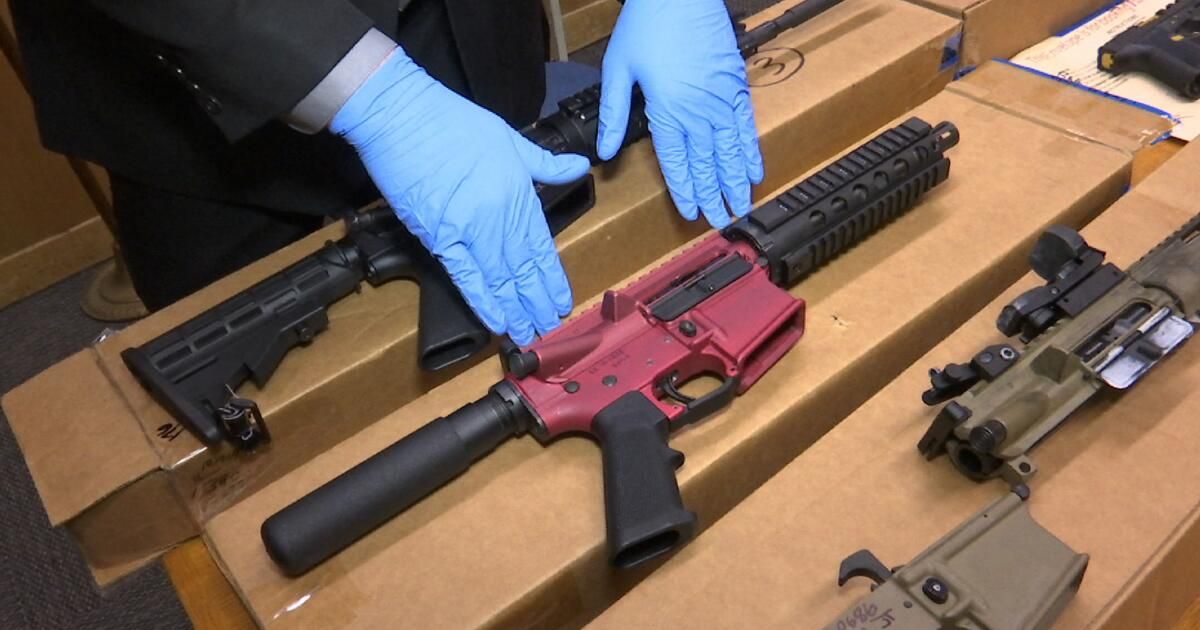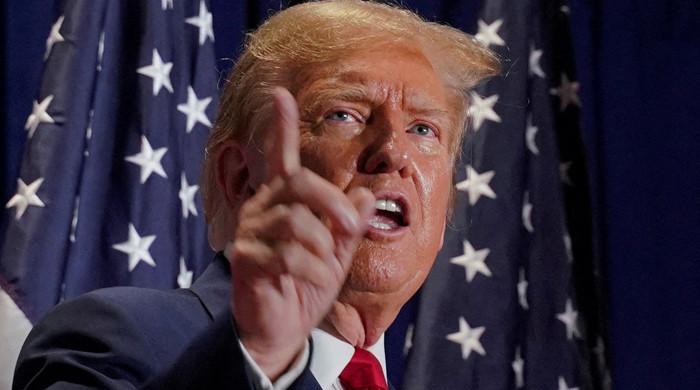Hey, cheer up: the news isn't all bad.
The federal government last week acknowledged for the first time that gun violence is an urgent public health crisis.
Of course, they already knew it. We all knew it. But thanks to the gun lobby’s hold on our political class, it’s been nearly impossible to focus the federal government’s attention (and its money) on this shameful and uniquely American problem.
That’s why the Surgeon General’s Advice on Gun Violence is so encouraging.
In Fed parlance, a warning is the equivalent of setting off a flare; it is reserved for a situation that, as Surgeon General Vivek Murthy put it, requires “the nation’s immediate awareness and action.”
It's about damn time.
In recent years, firearms have surpassed traffic accidents as the leading cause of death among children and teens. Nearly 60 percent of firearm deaths are suicides, and in the past decade, young adults have experienced what Murthy described as a “staggering increase” in firearm suicide rates.
“We do not have to continue down this path,” Murthy said in introducing the report, “and we do not have to subject our children to the continued horror of gun violence in America.”
Gun violence has affected us so much that nearly three-quarters of American adults say they feel stress about the possibility of a mass shooting, and one-third say fear of gun violence keeps them from going to certain places or attending certain events. More than half of Americans have been exposed to gun violence in some way, according to the Kaiser Family Foundation.
I don't know what it is about you, but I almost never walk into a theater or attend a large outdoor gathering without thinking, at least for a moment, about what I would do if I heard a gunshot. I've almost stopped honking at people when I'm driving (even when they deserve it) because I don't want to get shot by some hothead with a gun.
Murthy said that by treating gun violence as a public health crisis and treating firearms like we treat other potentially dangerous consumer products (such as cars, pesticides, cigarettes or prescription drugs), we can reduce gun deaths, injuries and the nearly incalculable indirect costs and community trauma that firearms cause.
This is a revolutionary stance for a reason. In 1996, a pro-gun congressman introduced a one-sentence amendment into the budget bill: “None of the funds made available for injury prevention and control at the Centers for Disease Control and Prevention may be used to advocate or promote gun control.”
For the next quarter-century, that amendment essentially crippled the CDC's ability to study gun violence. The equation was simple: no money = no research.
“Federal investment in gun violence research is dramatically lower than federal investment in research into causes of death with comparable mortality,” Murthy wrote, noting that research into drownings and motor vehicle crashes is much better funded.
“We didn’t ignore gun violence; we deliberately turned our backs on it,” said Garen Wintemute, an emergency physician and director of the Violence Prevention Research Program at the University of California, Davis. “It’s like we’re saying, ‘Let’s not do breast cancer research.’ How many thousands of people are dead today who would have been alive if we had done the gun research in the 1970s, 1980s and 1990s that we’re doing now? If we had put interventions in place?”
Wintemute, a lifelong member of the National Rifle Association who grew up around guns, is a pioneer in the field of gun violence prevention and has tirelessly advocated for interventions that have been proven to work.
“We have strong evidence that community-based and hospital-based violence interruption programs work,” she told me last week. “We have reasonable evidence that extreme risk protection orders work, like domestic violence restraining orders and red flag laws.”
Most Americans agree.
“There’s very little difference between gun owners and non-gun owners as to whether they think these things are a good idea,” Wintemute said. “It’s very frustrating that we can’t get public sentiment to become public policy, at least at the federal level.”
Like me, he was surprised that our generally gun-friendly Supreme Court recently ruled 8-1 in favor of a 1994 federal law banning firearms for people with domestic violence restraining orders. (Justice Clarence Thomas cast the lone dissenting vote.)
Last week, the court again surprised by rejecting a Second Amendment challenge to an Illinois law banning the sale of semi-automatic rifles and pistols, as well as high-capacity magazines. The law was passed after a gunman killed seven people and wounded 48 at a Fourth of July parade in a Chicago suburb.
Wintemute said the Biden administration has done a “magnificent” job in trying to control gun violence.
In 2022, the administration issued a rule regulating ghost guns, untraceable firearms assembled from separately purchased parts or kits and frequently used in crimes. The rule requires that such parts bear serial numbers and be sold only by licensed dealers and subject to background checks.
In April, the Justice Department finalized rules to close the massive “gun show loophole,” which has allowed firearms to be sold at gun shows and online without background checks.
“It’s not that Americans are more violent than other people,” Wintemute said. “It’s that we have unique access to a technology that changes the outcome of violence.”












